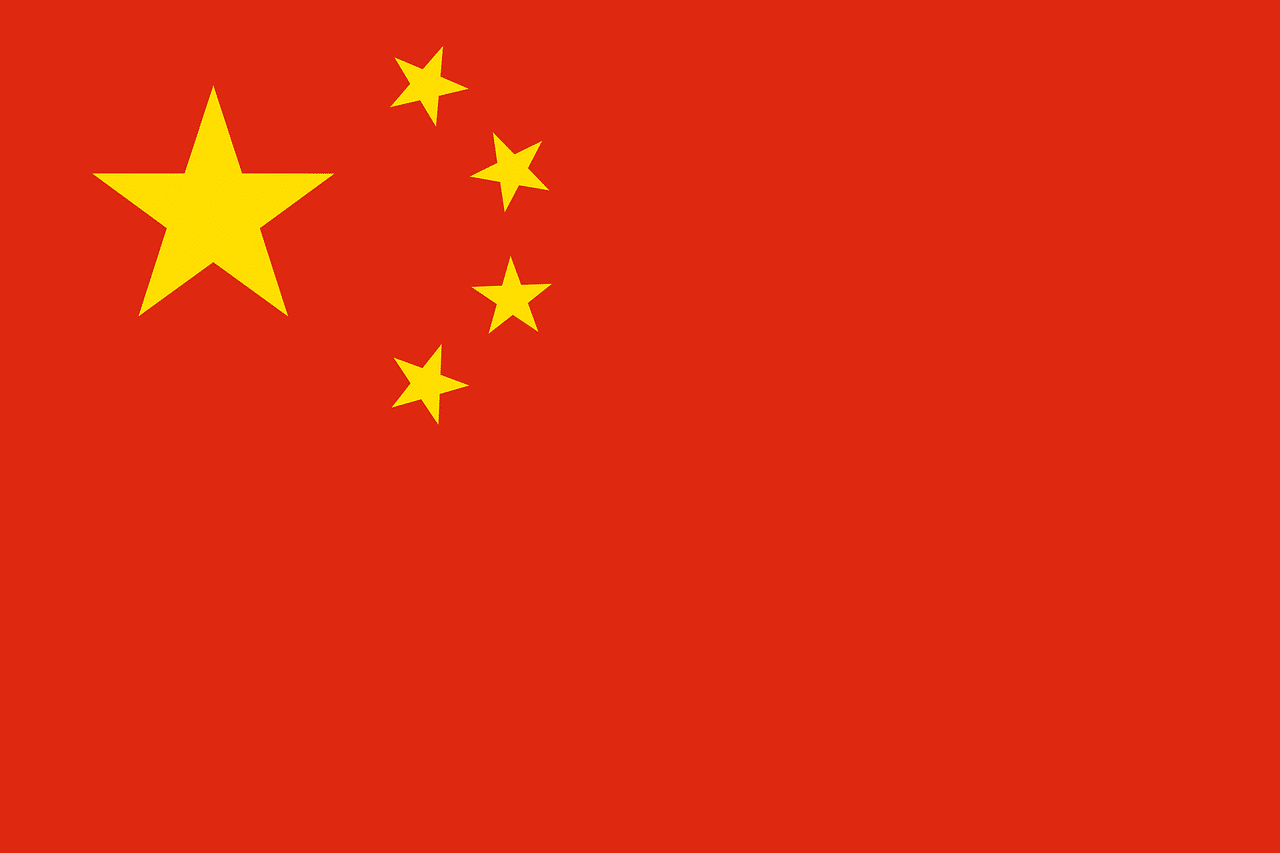In an unexpected move for the second time this week, China’s central bank caught markets off guard by starting an unscheduled lending operation on Thursday, marked by significantly lower rates. This step highlights the authorities’ increasing commitment to providing better monetary stimulus aimed at invigorating the sluggish economy.
What’s more, this recent medium-term lending facility operation follows closely on the heels of a series of rate cuts announced on Monday. These cuts included several benchmark lending rates and were part of a broader effort to ease financial conditions and stimulate economic activity.
The timing of these measures is noteworthy, coming just days after a crucial leadership meeting that set the stage for major reforms across various sectors.
Impressions Made by the Leadership Meeting
The leadership meeting that happened recently showed the government’s determination to address pressing economic challenges through comprehensive policy adjustments.
By lowering borrowing costs and increasing liquidity in the financial system, the central bank aims to support businesses and consumers, encourage investment in a bid to improve economic growth. This approach of immediate monetary intervention coupled with long-term structural reforms shows that a planned effort is in place to stabilize and revitalize China’s economy in the face of global uncertainties.
Notable Monetary Policy Action
The People’s Bank of China recently announced a significant monetary policy action, issuing 200 billion yuan in one-year loans through its Medium-Term Lending Facility. These loans are set at an interest rate of 2.30%, reflecting a 20 basis point reduction from the previous MLF rate. This move shows that the central bank remains dedicated to reducing borrowing costs and providing targeted liquidity to support the economy.
In addition to the MLF loans, the PBOC also took steps to ensure short-term liquidity in the banking system. It injected 235.1 billion yuan into the markets using seven-day reverse repurchase agreements at an interest rate of 1.70%. By utilizing the reverse repo instrument, the PBOC is providing short-term funding to banks, which can help stabilize the financial system and prevent potential liquidity crunches.
Why Were the Policy Rates Reduced?
Marco Sun, who is the chief financial market analyst at MUFG Bank, provided insights into the recent monetary policy actions by the People’s Bank of China. According to Sun, the reduction in policy rates is a careful move aimed at lowering financing costs and releasing additional cash into the economy.
The combination of these measures show that the central bank is taking the right steps for managing monetary policy to address immediate liquidity needs.
While there is no telling if the lending rates will be reduced further, many speculate that it could be the case, considering the steps the PBOC has taken recently.
